Bissell’s key operations director was Jacob Esterline, then CIA station chief in Caracas. Working for the Office of Strategic Services (OSS) in World War II, he was parachuted into Burma behind enemy lines in 1944. He joined the CIA in 1950 and later participated in the Guatemala paramilitary operation.
Also reporting to Bissell were two military officers on loan to the CIA: Colonel Jack Hawkins, who took the lead in military planning in September 1960 (when the Cuba plan changed from infiltration to amphibious and airborne assault), and Colonel Stanley Beerli, in charge of air operations.
The delicate political task of selecting and interacting with the Cuban opposition leaders who would receive US support was assigned to an unlikely CIA operator, the German-born Gerry Droller, who had worked for the OSS during the war and later joined the agency as a Swiss desk officer. The slight, balding, cigar-chomping Droller (kno as Frank Bender or Mr. B.) was the same person who, duped by Fistro during his 1959 visit to the United States, opined that the bearded ef was not radical and would eventually banish the Communists. What impaired Droller’s effectiveness in his new assignment s not his early flawed assessment of Fidel but his inability to speak panish (not a word) and his dearth of cultural sensitivity and diplo-atic finesse to deal with the mercurial Cuban exile leaders. To offset ose deficiencies, the CIA brought in two Spanish-speaking and more ngenial operatives: Howard Hunt (a.k.a. Eduardo), who years later sterminded the infamous Watergate break-in, and Bernard Barker Je-named «Macho»), a Cuban American agent who served in the US r Force and later became a CIA informer in Havana. This duo man-d to keep the haughty Mr. B. as far away from Miami as possible, d they patiently coped with the squabbles that often erupted within e anti-Castro coalition—squabbles the duo sometimes provoked or acerbated by playing favorites with CIA funds.
Their covert activities called for so many smoke-filled, hush-hush eetings at Hunt’s residence in Brickell Point Apartments in Miami t his neighbors believed he was a bookie. When he later moved to an pie house in Coconut Grove, the nocturnal visits of male agents gen-ted further speculation. Hunt’s nearest Grove neighbor—a widow th a gorgeous blonde daughter who modeled in TV commercials— ought he was a homosexual. Hunt proved her wrong when he went t with her daughter. Put to the test, the CIA he-man reportedly per-ied with flying colors.5
The fundamental problem with the Cuba Covert Program, as orig-‘y conceived, was not the CIA team assigned to it (warts and all) t the template from which it was cast—the Guatemala PBSUCCESS ration.
The Cuban scenario was markedly different from the Guatemalan, rting with geography. Guatemala had neighboring countries that ed as CIA bases to train and arm soldiers and infiltrate the libera-n forces, whereas Cuba was surrounded by water. Guatemala had a ayable standing army that had not yet been significantly purged by the pro-Communist government. In Cuba, Castro had disbanded the army. He filled the key posts of the reconstituted forces with loyal cohorts, established ideological indoctrination, and created the so-called people’s militia, which subjected large swaths of the population to military discipline.
Another key point of difference was the degree of Moscow’s involvement in these two potential Latin American client states—much less in Guatemala than in the strategic island of Cuba, which in 1960 started to receive sizable quantities of arms and personnel from the USSR and its satellites. As disclosed by Richard Bissell at a Senate hearing on April 28, 1961, at the time of the Bay of Pigs invasion the Soviet bloc already had in Cuba fifteen hundred to two thousand personnel, including several hundred military experts.6
Finally, Guatemala had a weak leader (President Jacobo Arbenz), who was easily toppled by a colonel (Carlos Castillo Armas), backed by a small-scale CIA paramilitary operation that included a few acts of sabotage, limited strafing, and psychological warfare. Cuba, on the other hand, had Fidel Castro, a bold, charismatic, and wily revolutionary commander who, despite the erosion of his popularity brought about by his despotic rule, could still mobilize large segments of the population and counter any halfhearted attack that gave him latitude to maneuver.
CIA historian Jack PfeifTer found an undated and unsigned confidential memorandum on file that warned that Cuba was no Guatemala and pointed out some of the differences and risks.7 If the paper was ever read, it did not temper the enthusiasm of the drivers of the Cuba covert plan. Those who had worked with Eisenhower on the Guatemala operation were confident that the World War II leader and strategist would not allow this new CIA program, or any variant, to fail.
The Guatemala veterans recalled that just before Colonel Castillo Armas and his forces crossed the border from Honduras to strike, President Eisenhower met with CIA director Allen Dulles; his brother John Foster Dulles, secretary of state; the Joints Chiefs of Staff; and other senior government officials.
Are you sure this is going to succeed?» queried Eisenhower. The men around the table assured him it would. «I’m prepared to take any steps that are necessary to see that it succeeds,» the president said. «If it succeeds, it’s the people of Guatemala throwing off the yoke of communism. If it fails, the flag of the United States has failed.»8 Unfortunately, Eisenhower’s successor did not follow this guiding principle in Cuba.
THE CUBAN ANTI-CASTRO TEAM
The anti-Castro torchbearers invited by the CIA to form a coalition were invigorated by the prospects of an alliance with the United States to overthrow the Castro-Communist regime. The coalition was composed of middle-of-the-road political and civic leaders who had opposed Batista and of non-Marxist members of the Castro regime who had defected.
Forming the initial nucleus were Manuel Antonio «Tony» Varona, the fiery and honest politician who had served as president of the senate and prime minister during the last constitutional government of Cuba under President Carlos Prio; Aureliano Sanchez Arango, an articulate and combative former revolutionary who had been minister of education and minister of foreign relations in Prio’s cabinets; Justo Carrillo, a seasoned professional with revolutionary credentials who had ably presided over the Agricultural and Industrial Development Bank under both Prio and Castro; Jose Ignacio Rasco, a talented and amiable professor, former classmate of Fidel Castro, and founder of the newly-formed Christian Democratic Movement along with Laureano Batista-Falla and other compatriots; and Manuel Artime, a young, impassioned physician and former captain of the rebel army who had bravely denounced Castro’s Communist plot in late 1959.
None of these leaders was a caudillo who could rival Castro’s magnetism and riveting histrionics. But tapping a non-Communist replica of Fidel—if one even existed—was no solution for a country that needed to anchor its future to the rule of law. Better to rely on the selected leaders who, though short on flair, were true Democrats with sound principles and growing appeal. Mindful of the nation’s woeful ence with rabble-rousing and deception, they offered a refreshing contrast pitting integrity against demagoguery. institutions against thecuk of personality, and individual freedom against government oppression. One big handicap: none of them was fluent in English.
Having left the island to spur the liberation of Cuba with US backing, they held a secret meeting on May 12-13, 1960, at the New York Bar Association’s office with CIA’s point man Frank Bender (whose real name was Jerry Drollerl According to the confidential notes ofthe meeting taken by Dr. Pedro Martinez-Fraga, former Cuban ambassador to Washington, Bender advised the group of the three conditions laid out by Washington for US support:
1. The US government had empowered the CIA, represented by Mr. B., to provide assistance to anti-Castro revolutionaries in their struggle for freedom. Maximum discretion was urged.If asked, Washington would officially deny the entente.
2. The Cuban revolutionaries, through a central committee, would prepare, direct, and wage war against Castro. All major anti-Communist groups would be invited to join the front, except those connected with Batista.
3. The CIA would make available and manage the funds required to organize and prosecute the struggle. The expense budget would be monitored and approved by the CIA, operating as Bender Associates (Group B).9
After considerable debate, the Cuban leaders acceded to the so-called Gentlemen’s Agreement, but with serious misgivings. They were expecting a full and open alliance with the US government andnota clandestine and subordinate relationship with a midlevel CIA officer. They had requested a war loan to be repaid by the government of a free Cuba and not discretionary grants or handouts managed by the CIA. But given their lack of resources and the magnitude of the struggle. which was not against a local dictatorship like Batista’s but against a Soviet-backed totalitarian regime, they reluctantly accepted the unilateral terms and implicit dependency conveyed by Bender.
In reality, they didn’t have much choice. There was no other country in the hemisphere prepared to shelter thousands of Cuban refugees and embrace and finance their freedom cause. So, with a leap of faith, they swallowed their pride, shook hands with Bender, and forged ahead.
Shortly after the New York meeting, the Cuban anti-Castro coalition formed the Revolutionary Democratic Front (the «Front») headquartered in Miami, and Tony Varona emerged as the «coordinator.» To achieve consensus, no president
was named, but Varona was clearly the head.
Once installed, Tony sent me a message to join him in Miami as his executive assistant. My father and Varona were close friends since their days in the Senate, and following Castro’s rise to power, I had developed a personal relationship with Tony that bridged the generational gap (I was then twenty-four and he fifty-two). At his behest, I had drafted a statement of principles denouncing Castro’s betrayal of the democratic revolution he had promised. Varona honored me by incorporating parts of my statement in his call-to-arms manifesto.
Varona’s new request had far-reaching implications for me. It meant leaving behind my family and friends, and the country I loved, to embark on a risky venture, carrying only one suitcase (the maximum allowed) and a few dollars in my pocket. But it was no ordinary venture. I viewed it as a crusade to help rescue my homeland from an alien tyranny.
After consulting with my parents, I decided to go. The farewell was painful, but my hopes were high. I left the island on June 17, 1960—a splendid sunny day etched in my memory—confident that I would soon return to a free Cuba.
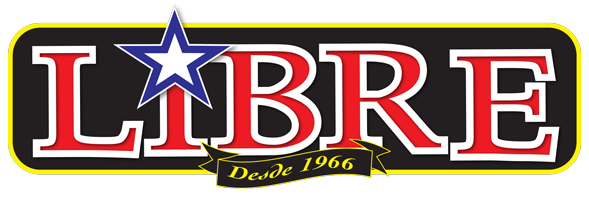
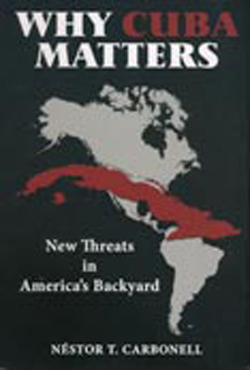

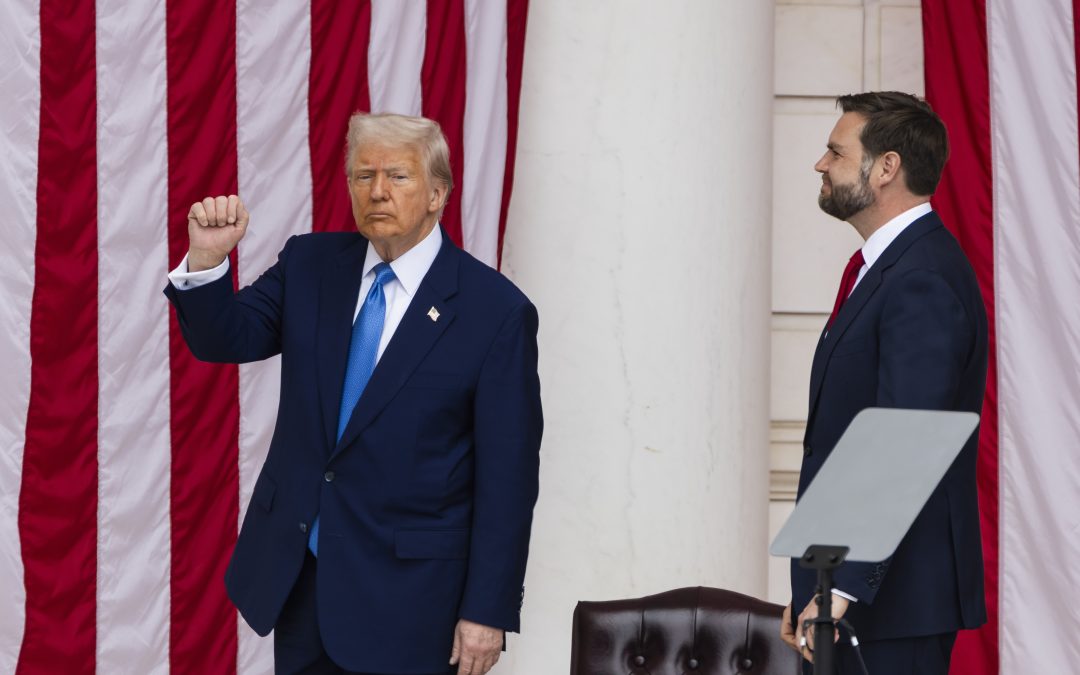
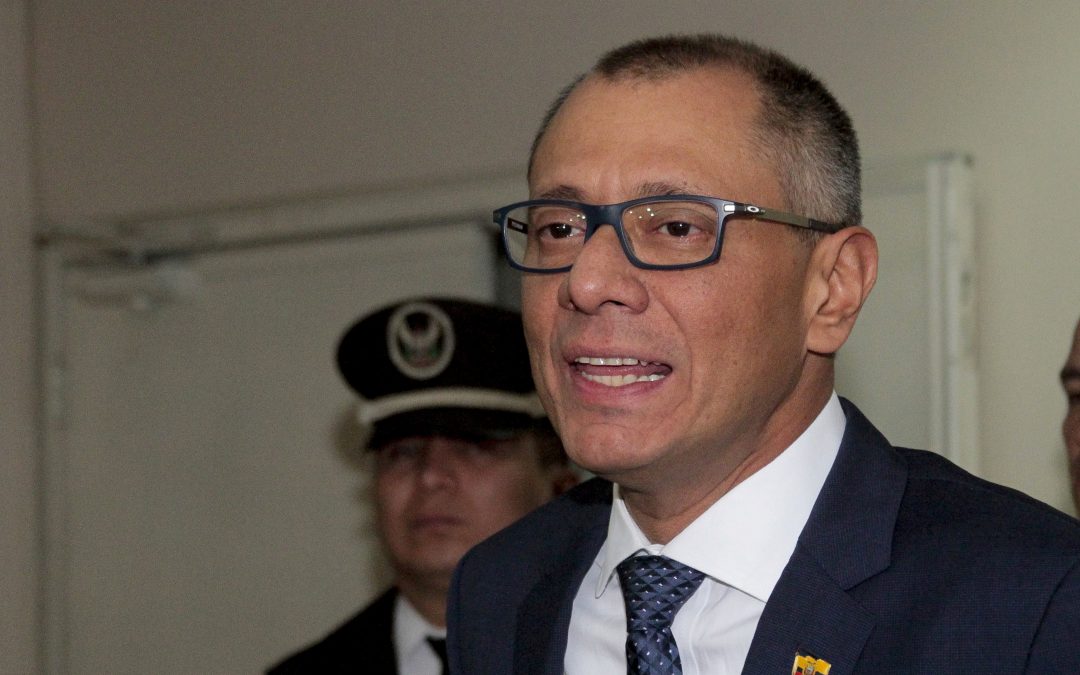
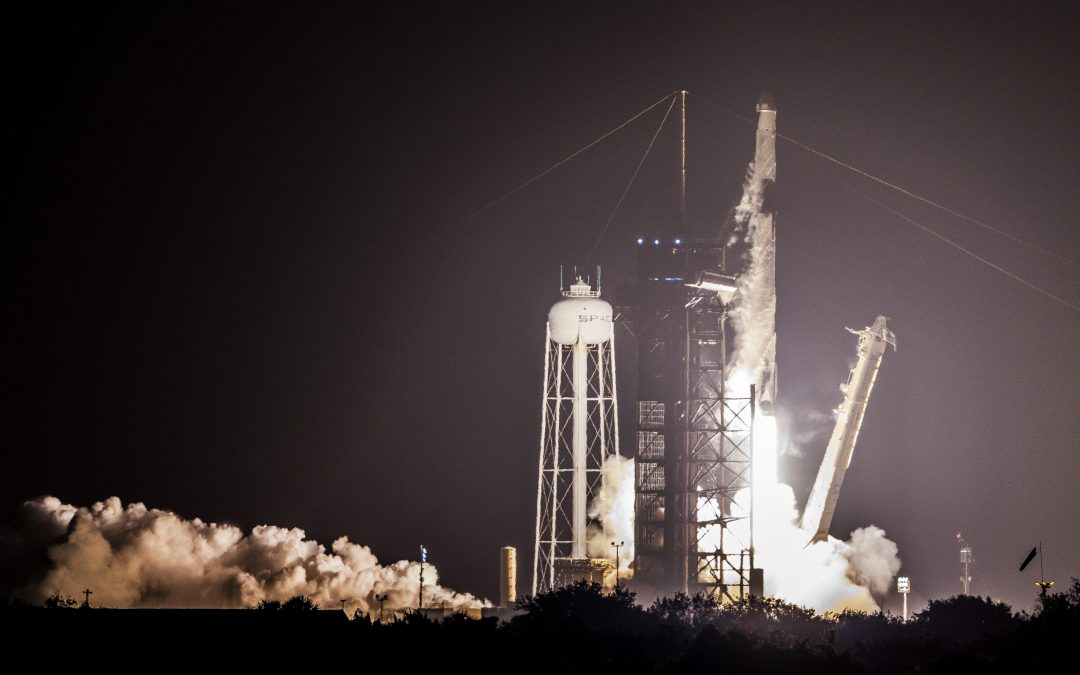
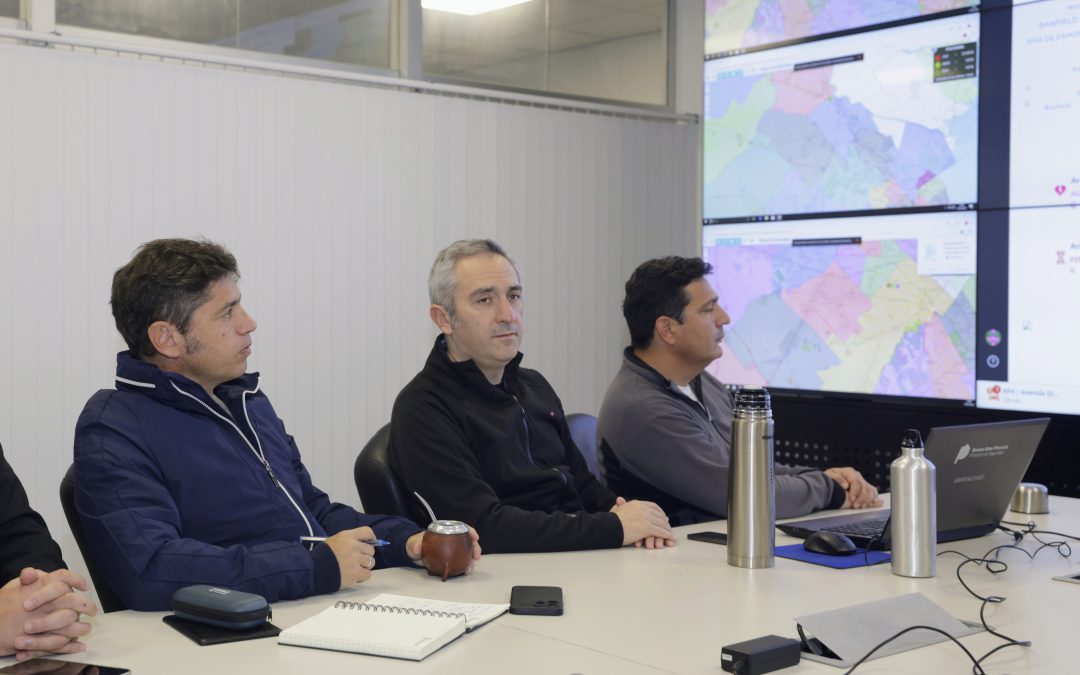

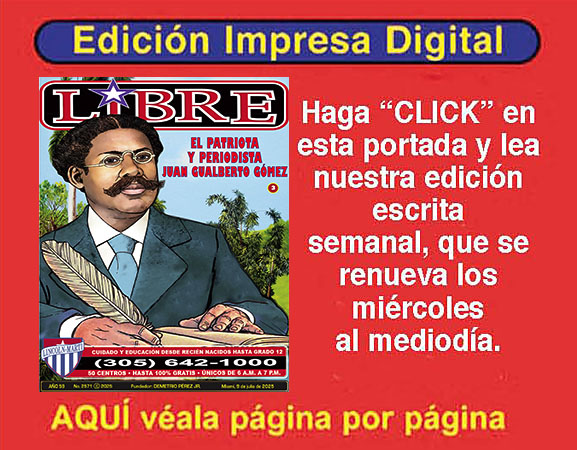

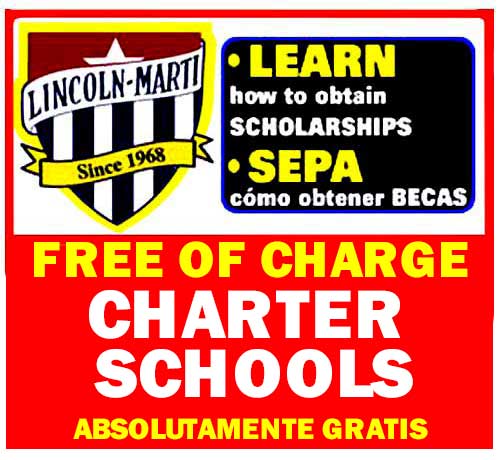
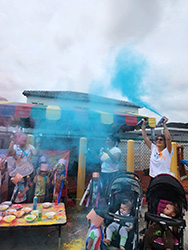
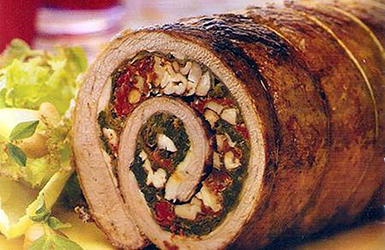
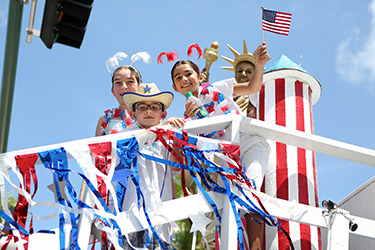
0 comentarios